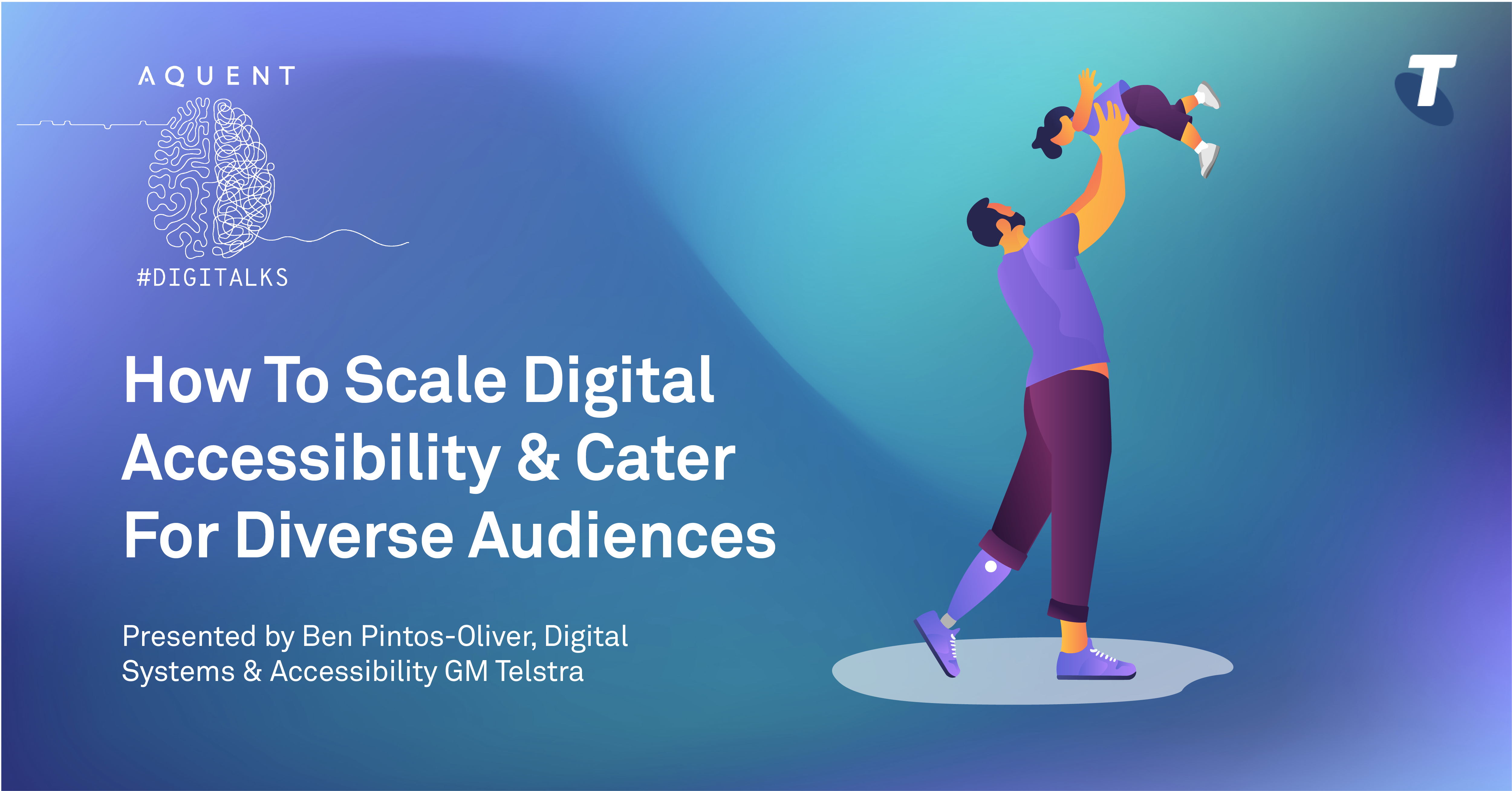For over 100 years, there have been doomsayers regarding robots in the workplace. From 1921, when the New York Times wrote a review titled “Will Machines Devour Man?” to the 1950s when there was talk of a ‘robot revolution’ in the UK. In the 1960s, there were calls for John F Kennedy to create an automation conference to discuss “unemployment caused by technological change and automation as soon as he got settled in the White House.” Now Artificial Intelligence (AI) is being reported to replace the equivalent of 300 million jobs.
With the advent of systems such as ChatGPT to generate text and Midjourney to create images, what is the impact of AI on UX designers?
1. Reducing the number of UI designers
In the last 10 years, we have seen the rise of design systems focused on creating more efficient interface specifications for developers. Used either as part of the democratisation of design, giving developers and product managers the tools to create the interfaces themselves or as a way for smaller numbers of designers to ‘feed the delivery beast.’
This has resulted in
- The rise of standard interfaces across the majority of web and app design
- The commoditisation of UI design skills. With a design system, you don't need highly skilled designers to create specifications. Anyone can perform it.
I see the rise of generative AI taking these inputs and patterns to create the interface specifications without requiring UI designers. This will lead to fewer opportunities for people at the beginning of their careers, with the path of visual designer → UI designer → UX designer becoming less common.
Mitigation
The value of designers will not be in creating specifications but rather in problem-solving and understanding the context of use. UI designers must move further up the solution and ideation chain, not going directly to their prototyping tool. This could be a struggle, as we are already seeing a ‘push and pull’ between Product and Design on who has responsibility for this work.
2. UX writing will be devalued
The most significant impact of AI over the last year has been the introduction of Large Language Models (LLM) like ChatGPT, which can generate content based on a prompt. The difference between these models over previous generations is their understanding of language use and context that is more consistent with everyday language rather than formal grammar.
It means that content and UX writing will suffer in the same way UI Design did; AI will replace the more formulaic work. Instructional text and product information will be the first to be replaced as they are based on patterns that can be easily replicated.
Mitigation
Content design and UX writing will have champions in SEO, and SEO is well respected in organisations. Pages rank more highly with unique content, and AI-generated content may need to be more unique. The aim is for UX writers and Content Designers to design and write higher-value content.
3. Evaluation for bias and accuracy will be important
UX Designers are focused on the human experience, so there are opportunities for designers to bring that expertise into the use of AI systems in their organisations.
Information Architects and Content Strategists can analyse the content used to train the models, ensuring that it is not ‘just ‘rubbish in = rubbish out’. The content needs to be evaluated not just for being structurally complete but also for the accuracy of the data, any ethnic or gender bias inherent within the training set and whether it is diverse enough to generate content for all.
UX Researchers can test the results with diverse audiences. We always say that UX Professionals are not ‘the user’; this is even more applicable when looking at AI-generated content. Researchers can do a first pass for any glaring mistakes or biases, but we need diverse groups to test and evaluate, ensuring that the systems are creating appropriate content. Researchers can then provide feedback to adjust and iterate algorithms and content creation.
“A shift is needed in the skills required to work with AI. Designers need to become more data and technology literate to influence how products work, not just how they look.”
In summary
Like robots and automation in factories, more routine UX work is likely to be disrupted by generative AI. For example, standardised UIs, instructional text and product information will be created by AI.
UX professionals have the opportunity to:
- Bring humanity into developing AI systems within organisations by reviewing the training content and testing the outputs with diverse users
- Redefine what Design brings to the delivery of websites and apps outside of the specification of UI
Latest.

Accessibility as a Design Principle: Lessons from Telstra’s Digital Design Team
Thought Leadership, Design, Leadership, Digital Accessibility

Breaking age barriers: Why we must rethink work, age, and progress
Hiring Insights, Thought Leadership

Hiring managers, do this for guaranteed interview success.
Hiring Insights







